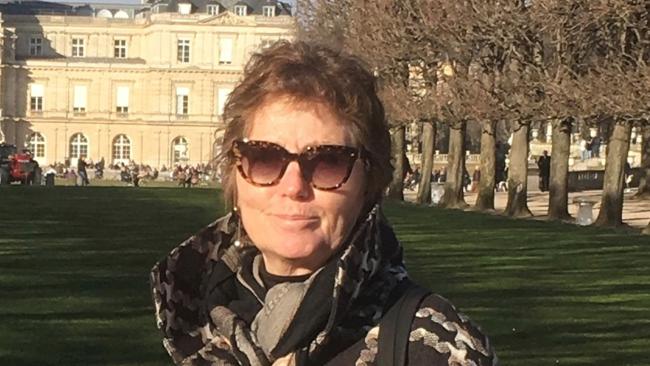
Reflections on the afterlives of Mao era posters
The China Centre lecture on Thursday 18 November 2021 was delivered by Professor Harriet Evans, Professor Emerita and former head of Chinese section, University of Westminster; Chair of Trustees to The Rights Practice (NG); Visiting Professor of Anthropology, LSE; and former President, the British Association for Chinese Studies.
Professor Evans’ lecture focussed on Chinese posters from the era of 1956-76. She began her lecture by analysing the transition from the poster style of the early 1950s to the style after 1955. The transition included not only the range of topics chosen but also the colours used in posters. The transformation after 1955 was not only due to the political context, including the Great Leap Forward and the Cultural Revolution, but also to the shortage of artistic materials available.
Mao Zedong formed the most important subject of Chinese posters between 1956-76. Images of Mao Zedong were not only important within China, but were also widely used in the West, including the famous images produced by Andy Warhol and Gerhard Richter. Images of Mao Zedong helped to shape perceptions of China in the West.
Professor Evans drew attention to the wide diversity of Chinese posters in this era, beyond the images of Mao Zedong. A large array of Chinese poster art in this era was far removed from propaganda and adulation of Mao Zedong. These included the extremely popular forms of local village art, such as the Huxian Peasant Painters, as well as a wide variety of posters connected with economic and social life.
The Q&A session included the following: the market for Chinese art in the West; the use of colour in different eras in Chinese poster art; the role of landscape art in China; the role of availability of materials in the nature of artistic works in China; the boundaries between photography and posters; the role of political posters in China today; the comparison of poster art in China with poster art in the West; the role of cheap posters in domestic decoration before China’s reform and opening up.
Harriet Evans is Professor Emerita of Chinese Cultural Studies (University of Westminster) and Visiting Professor of Anthropology (LSE). She founded the Contemporary China Centre at the University of Westminster in 2009, and was President of the British Association for Chinese Studies (2002-2005). She has written extensively on the politics of gender and sexuality in China, and on political posters and visual culture of the Mao era.
Her main publications are Women and Sexuality in China: Dominant Discourses of Female Sexuality and Gender since 1949 (1997), Picturing Power in the People’s Republic of China: Posters of the Cultural Revolution (co-edited with Stephanie Hemelryk Donald, 1999), and The Subject of Gender: Daughters and Mothers in Urban China (2008). Her Beijing from Below: Stories of Marginal Lives in the Capital’s Center (Duke University Press) was published in May 2020. A new volume, titled Grassroot Values: Local Cultural Heritage in China (co-edited with Michael Rowlands) based on a 3 year research project, funded by the Leverhulme Trust, has just been published by Lexington Books.
Professor Evans is currently working on a new multi-disciplinary project on the cultural history of Chinese migration to Latin America since the 19th century.





